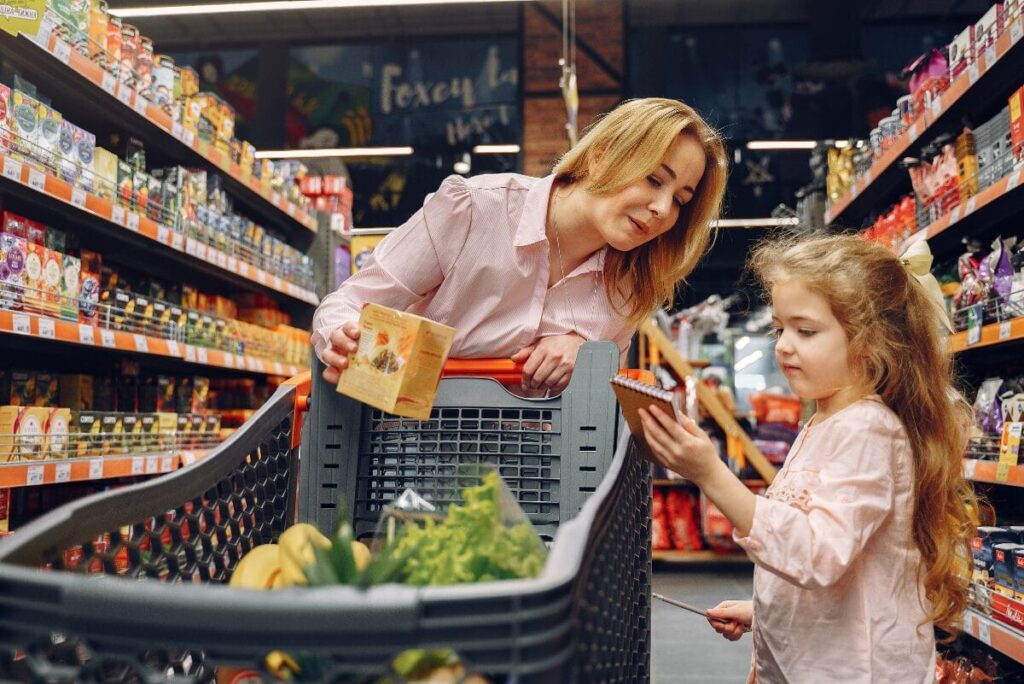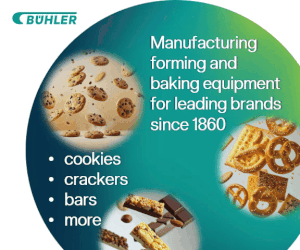NEW YORK — A new report from Rabobank, a Dutch cooperative bank focused on food and agribusiness with a dedicated research team, revealed that in Q2, the foodservice sector experienced notable declines across all formats and grocery spending growth was slower than expected. Findings were based on credit and debit card transactions from Earnest Analytics.
Analysts expected food retailers to experience a bump in grocery spending growth as consumers increasingly choose to make meals at home vs. dining out. However, that positive impact has yet to fully materialize.
“We are seeing both opposites of the value spectrum benefitting from the current environment: private label and value brands gaining the preference of cash-strapped consumers, and premium becoming the go-to for those reducing eating out,” said JP Frossard, VP of consumer foods at Rabobank. “Products in the middle of this value spectrum, such as undifferentiated branded products that can be easily replaced with private label and that don’t return the same pleasure as premium products, are suffering the most. It is a tale of the two extremes, with most pressure being felt in the middle.”
Discount retailers and club stores are holding their own
Frossard added that discount retailers and club stores, which tend to be heavy in private label offerings, fared well as consumers search for value, although both channels reported slower Q2 growth.
“In addition to the search for value, new format discounters such as Aldi and Lidl managed to become more available for consumers, mostly because of a strong new store opening pace,” he said. “Interestingly, at the same time the frequency of visits for discounters has increased double digits in the past years, the average basket dropped, which indicates consumers are going more often to discounters for everyday needs and fresh products versus a monthly trip for in-bulk purchases.”
Yet, it’s not just private label brands that are holding their own. Consumers have shown they are willing to spend more on premium baked goods to elevate their at-home meals or offer health and wellness benefits.









